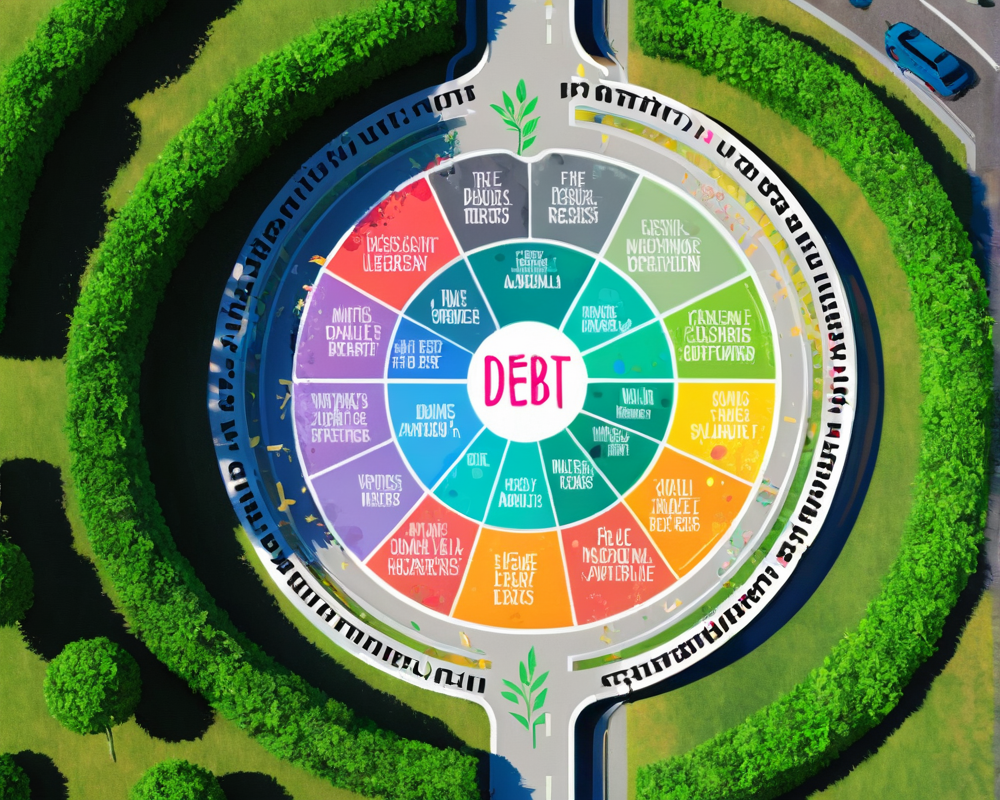Circle’s Strategic Reserve Shuffle
In a move reminiscent of musical chairs, Circle has decided to tweak its reserves just as the tunes of U.S. debt negotiations get a little too tense for comfort. Circle CEO Jeremy Allaire recently revealed that the company has shifted its reserves backing USDC towards short-dated U.S. Treasuries. The aim? To sidestep the potential fallout of a U.S. debt default, which, let’s be honest, sounds a bit like surviving a zombie apocalypse—better to be safe than sorry.
Timing is Everything
Allaire emphasized that the firm is avoiding Treasuries that mature post-early June, which is when the debt limit fiasco could reach critical mass. As he chillingly stated, “We don’t want to carry exposure through a potential breach of the ability of the U.S. government to pay its debts.” Smart move, especially when the Blackrock-managed Circle Reserve Fund is set to mature by May 31. Better to have cash on hand than have it tied up on suspicion of a government meltdown!
A Government at Odds
Meanwhile, in a parallel universe called Washington, Treasury Secretary Janet Yellen has been delivering some strings of doom, indicating significant “decisions” lie ahead if Congress doesn’t raise the federal debt limit. And with President Biden and the Republicans butting heads like two rams in a pasture, you have to wonder if all the political posturing is resulting in nothing more than hot air and voter anxiety.
The Ripple Effect
If the U.S. does default, it’s not just Congress that’s biting its nails. The $24 trillion Treasury market and the global financial system are poised to shudder at such an announcement. Just imagine the chaos as interest rates rise and trust in government bonds tumbles like an out-of-control rollercoaster.
Tether’s Tactical Investments
While Circle is shifting strategies, rival stablecoin issuer Tether is also in a reserve-fortifying frenzy. Tether claims that a significant chunk of its investments lies in short-term Treasury bills, typically maturing in under 90 days. They’ve touted their approach to trimming down reliance on pure bank deposits for liquidity, a strategy that screams survival during turbulent times.
A Market Share Tug-of-War
With all this behind-the-scenes maneuvering, it’s no surprise that USDC’s supply has shrunk 46% from its peak of $56 billion in June 2022. Currently, with about $30 billion circulating, its market share has dwindled to 23%, while Tether has luxuriated in increased dominance, claiming 62% of the market—with a hefty $82 billion in USDT. Talk about a glow-up!
Allaire on the Grapevine
But before you start ringing the alarm bells for the fall of USDC, it’s important to note what Allaire pointed out earlier: America’s alleged war on crypto, alongside the banking crisis, has severely impacted USDC’s market capitalization. It’s a lot like trying to grow a garden under a volcano; too much pressure and not enough sunlight can lead to an unfortunate demise.
The Interview Gandalf Challenge
Since the news broke, Cointelegraph has shuffled through its contacts to get the full scoop from Circle but—shockingly—no reply as of press time. Stay tuned though, because in the world of stablecoins, the plot thickens faster than grandma’s gravy!




